French Guyana and its vile Penal Colony; Papillon – Fact, Fantasy and Fiction
Table of Contents
French Guyana is not known for much except its Penal Colony and Papillon
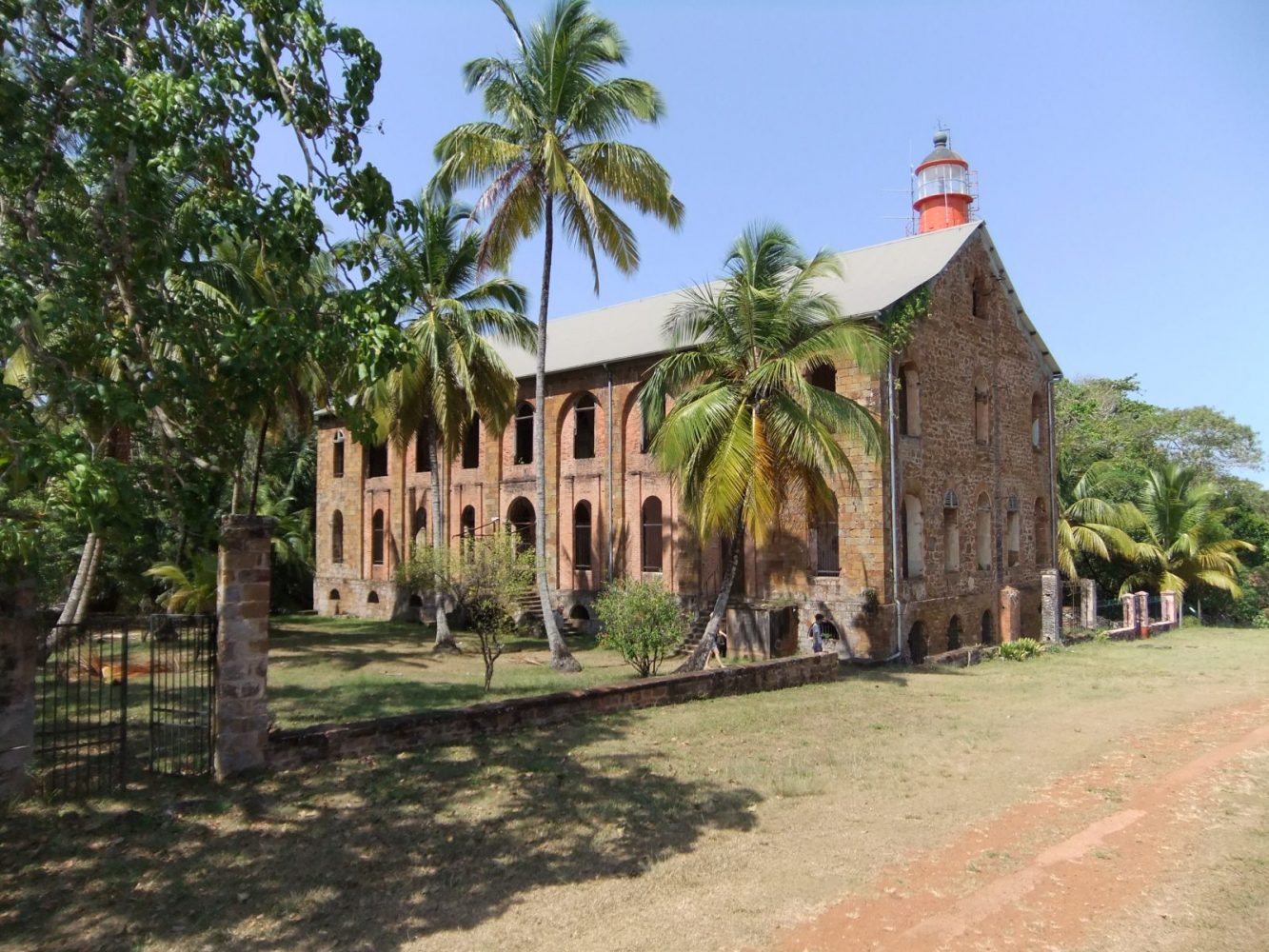
French Guyana
French Guyana is not known for much. Its history is shady, its current politics virtually unknown, but the country does have an icon for tourists, and that is the penal colonies, and in particular the character of Papillon.
The story of Papillon, Devil’s Island and the amazing escapes immortalised in the movie with Dustin Hoffman and Steve McQueen has fascinated us for decades, and is a very strong lure to this very interesting, but rather remote country.
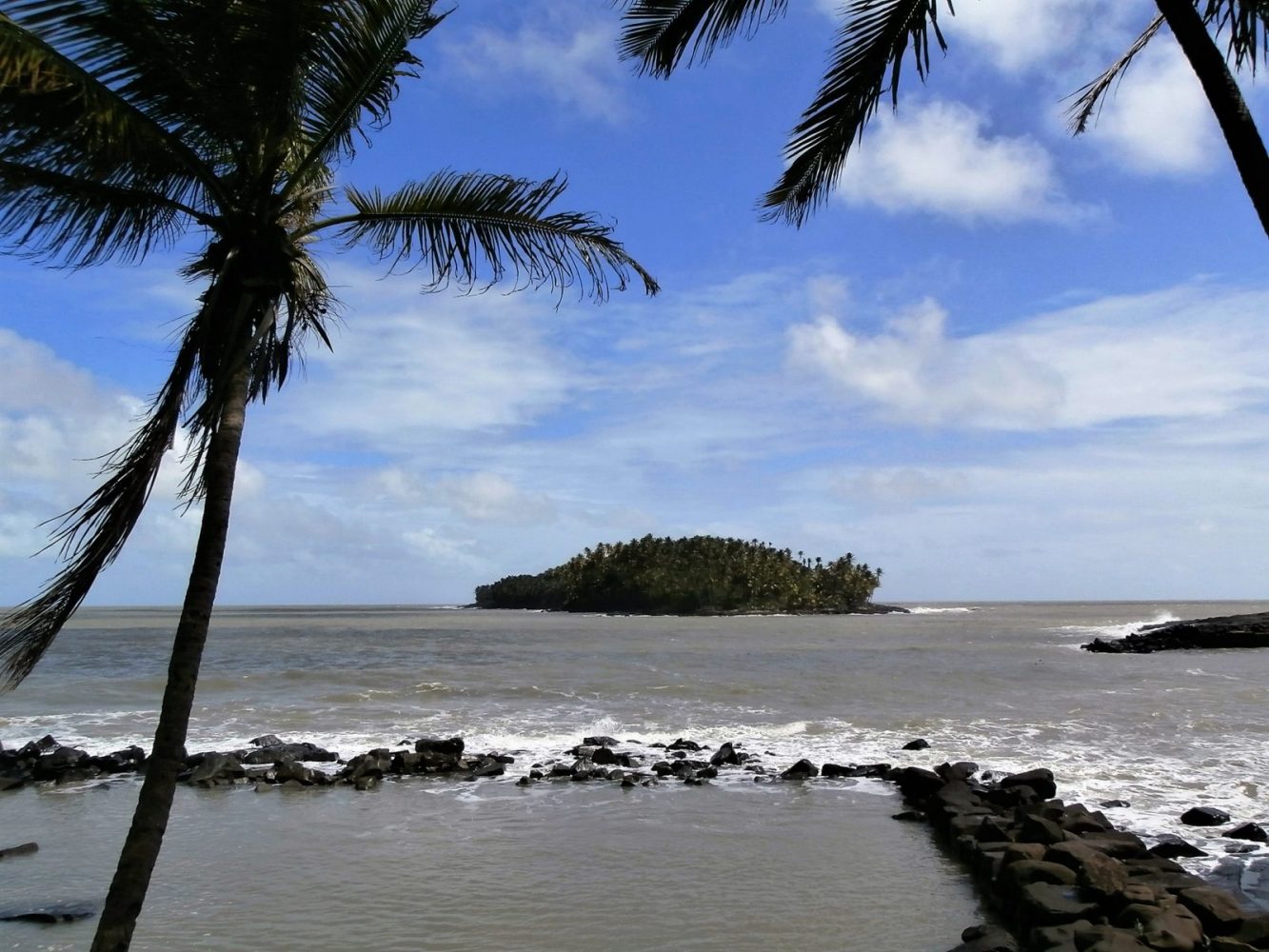
France used these brutal places both to hide the most incorrigible convicts,although some of the deportees might not really fit that bill, but also as a rather weak attempt to colonise their bit of “The Guyanas”.
The Guyanas, either three, four or five of them, depending on how one counts, are bits of land that were conveniently ignored when in 1493 the pope carved up Latin America between the Portuguese and Spanish.
Papal edicts carried no weight with the Protestants in the North East, and they have squabbled and swapped land pretty well continuously for the past five hundred years.
The Penal Colony
Convicts sentenced to serve their imprisonment in one of the distant colonies (Nouvelle Caledonia was another with a significant penal colony) would sail from Europe to the reception centre at St. Laurent du Maroni, and then spend the balance of their sentences in either a logging camp, the prison in St. Laurent or on one of Les Isles du Salut.
The idea of the islands’ powers of salvation comes from the fact that the climate there is so much easier than the mainland, and the possibility of actually living through one’s sentence.
If one actually survived, those sent for eight years or less were obliged to spend an equal time in the colony, the principle of doublage, and those sentenced to more than eight years were obliged to remain in South America for the rest of their lives.
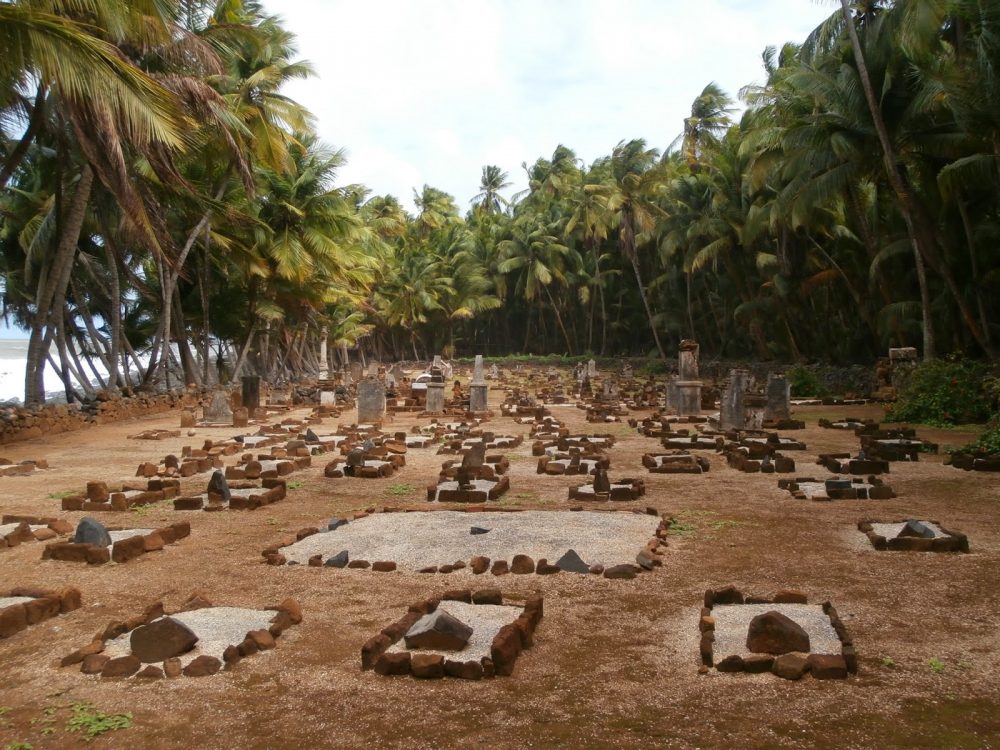
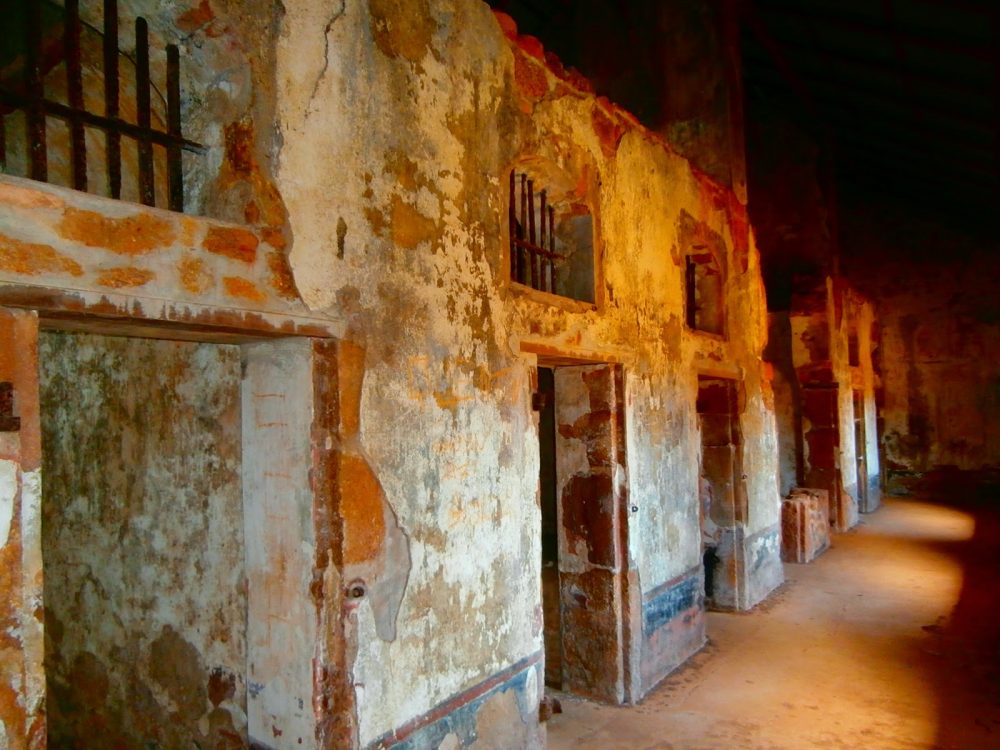
No wonder that folks tried to escape, and although rarely successful, some did manage to get away. The most famous in North America and Europe was Henri Charrière, known as Papillon, and whose escapades have left readers and viewers speechless with wonder and perhaps admiration.
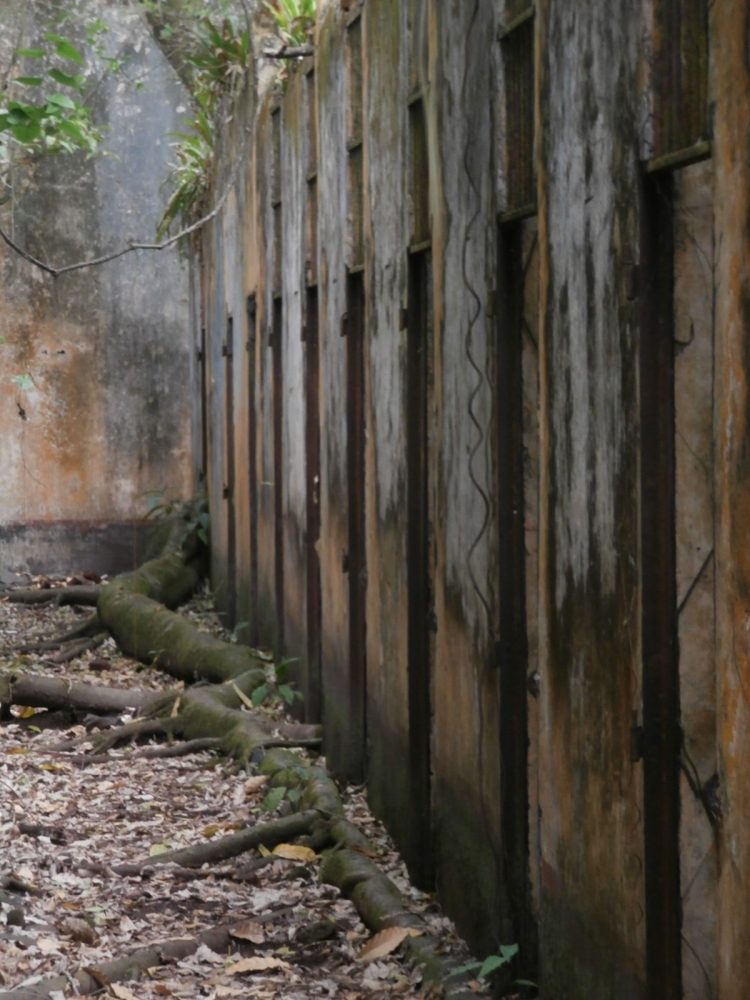
Papillon
But here’s the thing; the book Papillon was almost completely untrue. Charrière, himself, was a small-time pimp who was accused and convicted of an underworld murder. He certainly served time in St. Laurent, but was never on the islands, and seems to have lived a fairly bland life in this hideous environment.
The book, however, was a blockbuster. It is, however, very difficult to separate from the fine work by Rene Belbenoit, Dry Guillotine, which was published in 1938, and for aficionado’s of the whole Papillon story, and the French penal system, it is a magnificent book.
Belbenoit himself, credits a number of escapades to other prisoners, but did, himself, escape from the islands, and with several others washed up on the shores of Trinidad some seventeen days later.
The islands, and French Guyana itself, hold a strange attraction; spending time on les Isles du Salut is a truly moving experience, and one that I recommend to all. Nature is speedily reclaiming the prison, and watching the roots of giant trees slowly enter and crush the hideous cells cannot fail to fascinate.
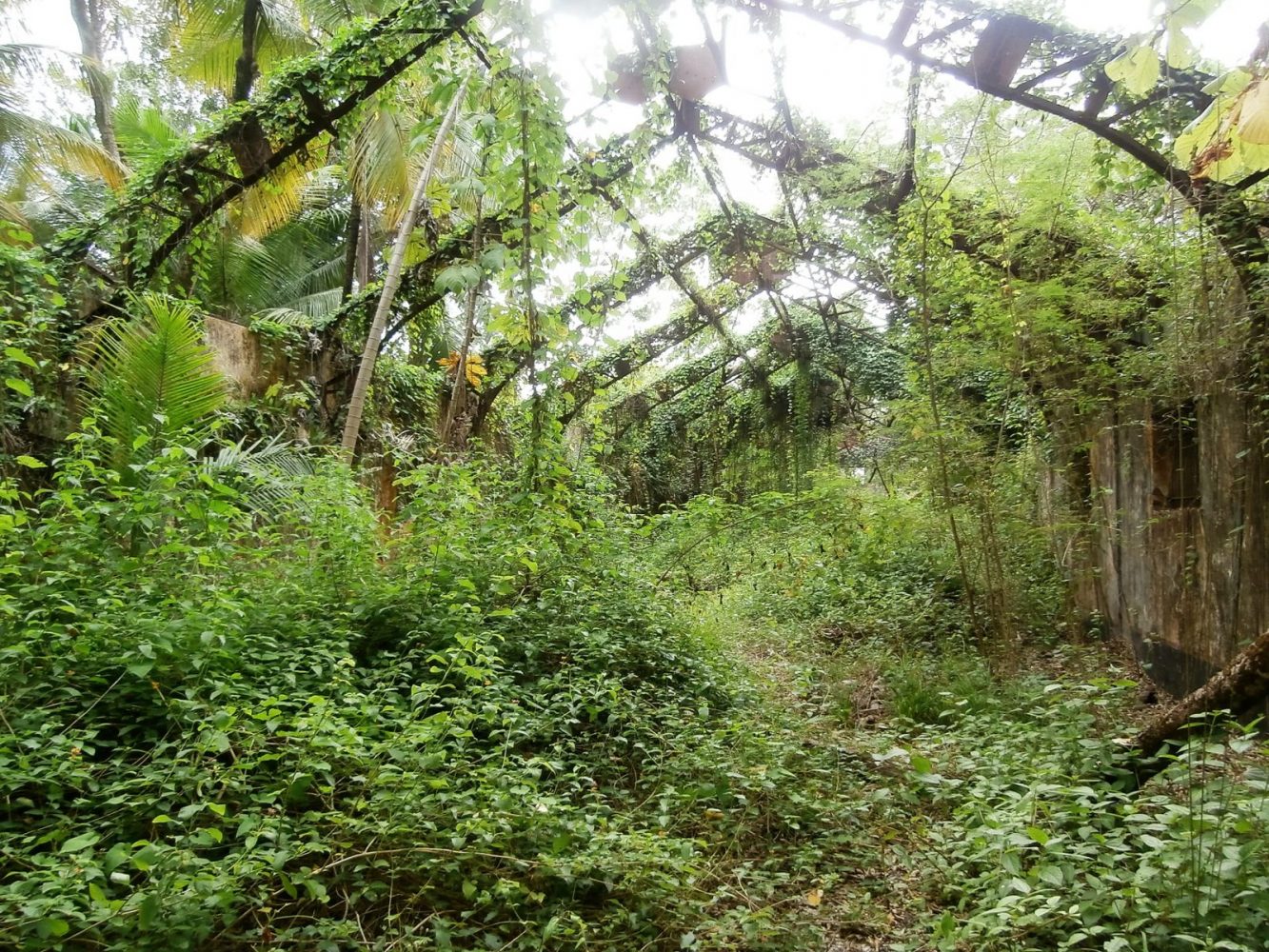
St. Laurent du Maroni
In addition to the islands, there is a great deal of history in the river community of St. Laurent du Maroni, the site of the penal administration, and the landing port for all convicts arriving from Paris.
The town in unmistakably designed as a colonial centre; the architecture of the old camp, the staff buildings, the hospital and the fine mansions for upper management are all visible today, and the community itself has embraced tourism and interpretation of these sites.
I love St. Laurent, and appreciate the slow nature of this river town.
Wandering through the camps, looking deeply into the eyes of the convict whose statue “Le Bagnard” sits outside the tourist office, listening closely to the sounds of the forest unchanged for two hundred years gives a powerful sense of the despair and isolation that all who worked or were imprisoned here must have felt.
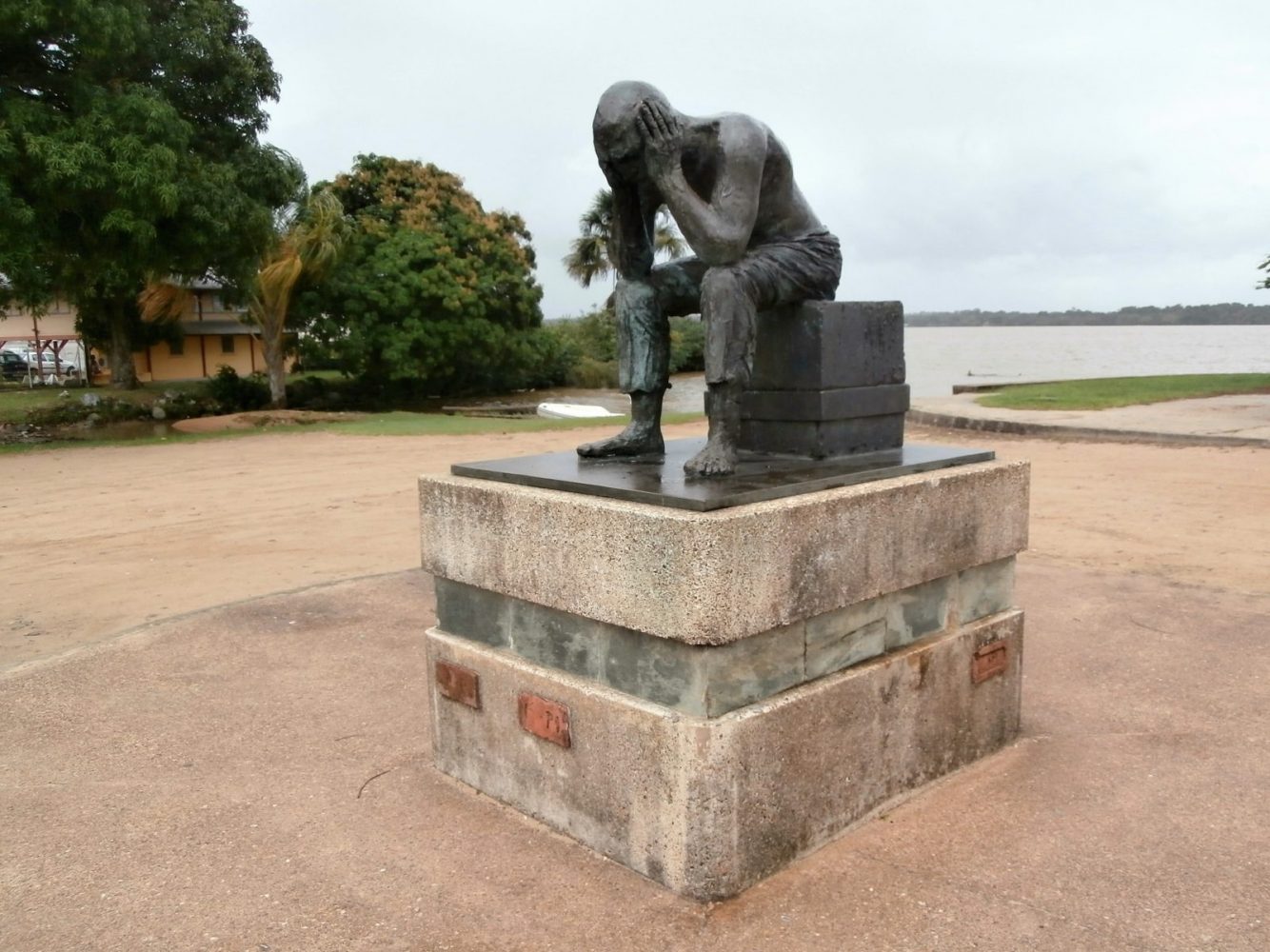
The history of the penal system in French Guyana is fascinating, the landscape surreal, and the islands, while today they lie peacefully in the tropical breeze, offer sudden and jarring glimpses into their dreadful past.
Images and sounds flood one’s imagination, and only by stepping back a pace or two, and glancing at the blue sea can you realise how simple it is to step from one century to another, and perhaps from one life into a completely and utterly different existence.
Interestingly, the penal colony was closed in 1953, the same year that the Portuguese opened theirs in the Cabo Verdean island of Santiago.
